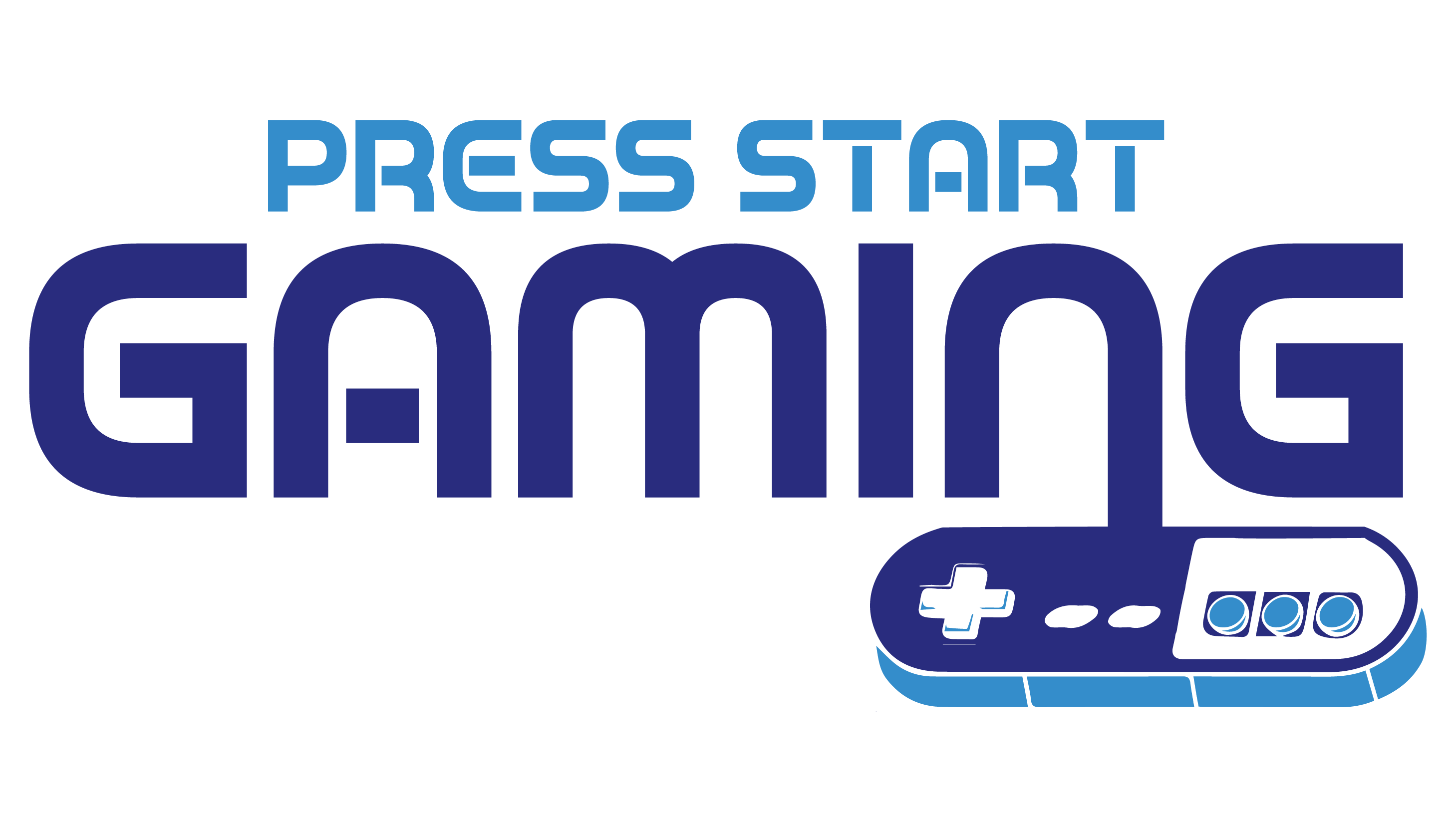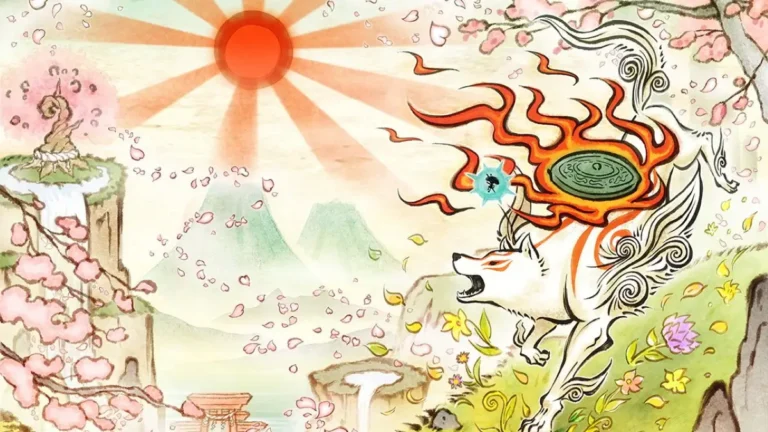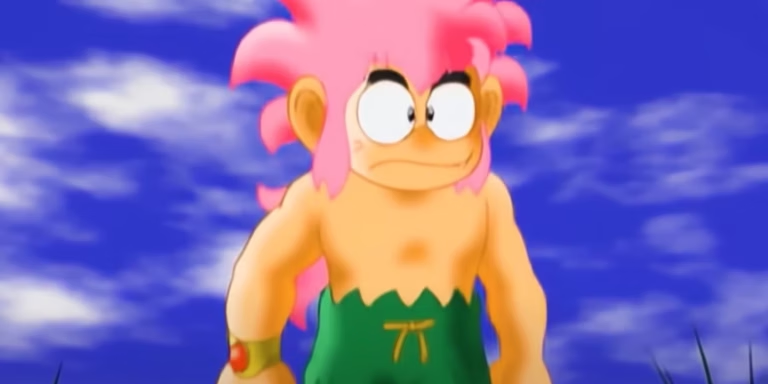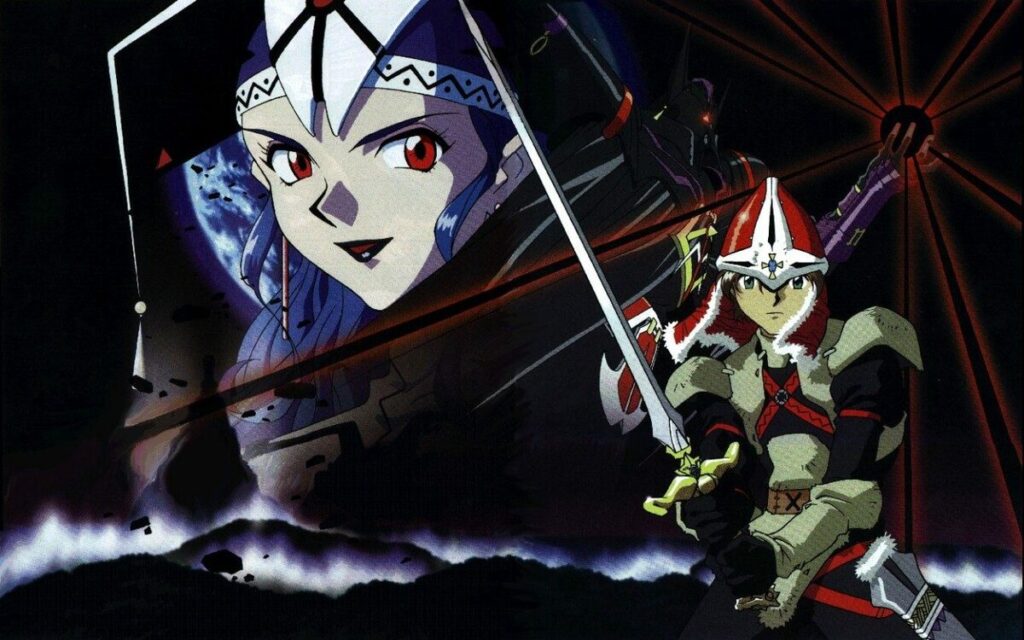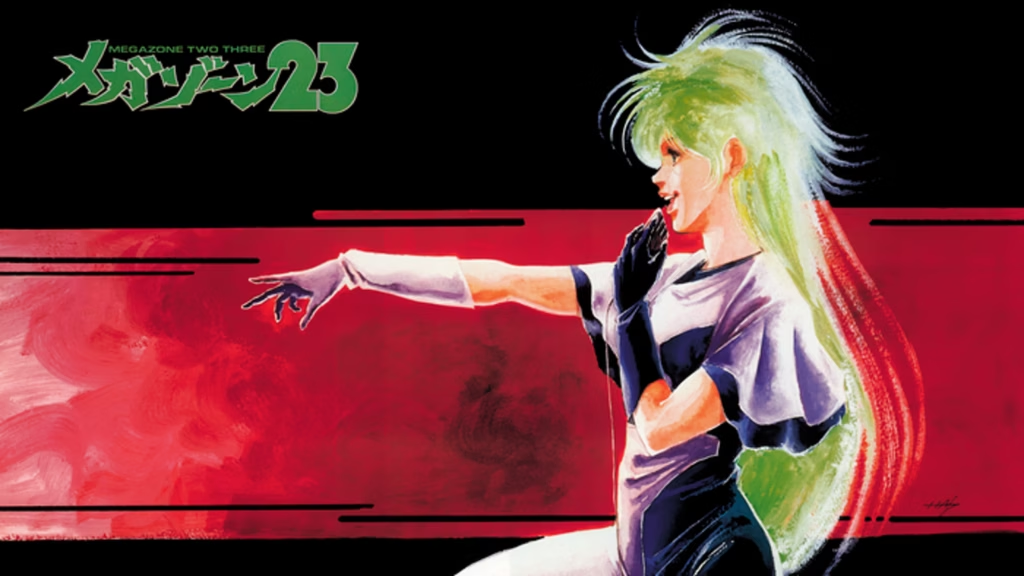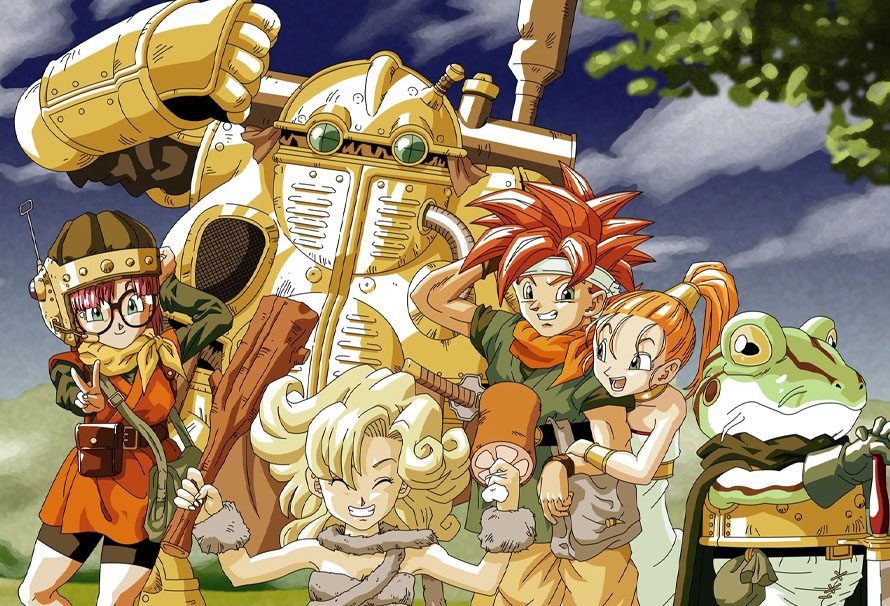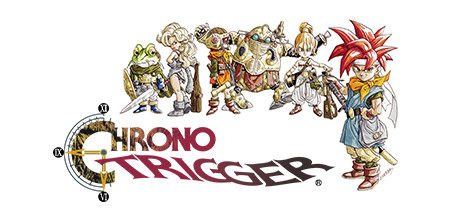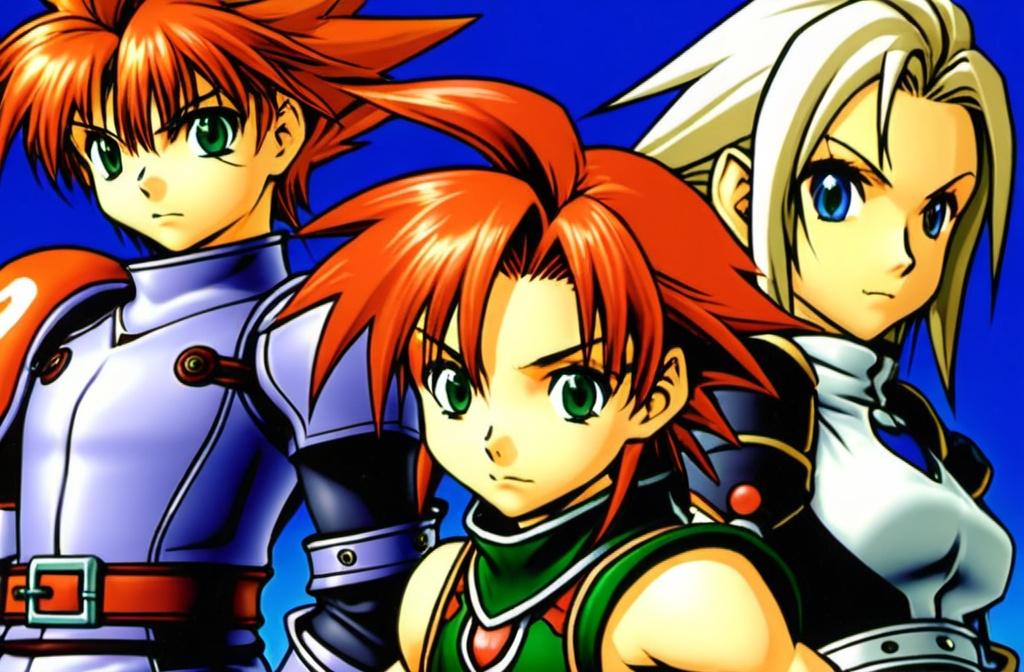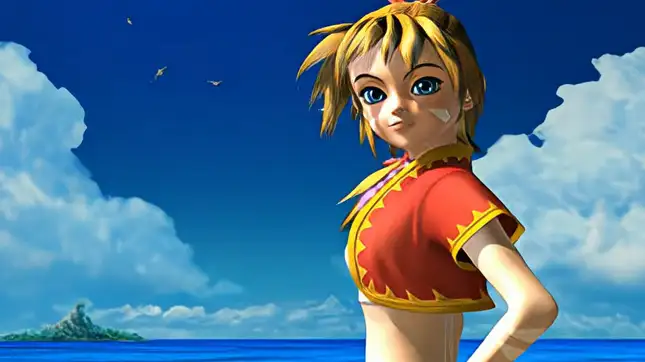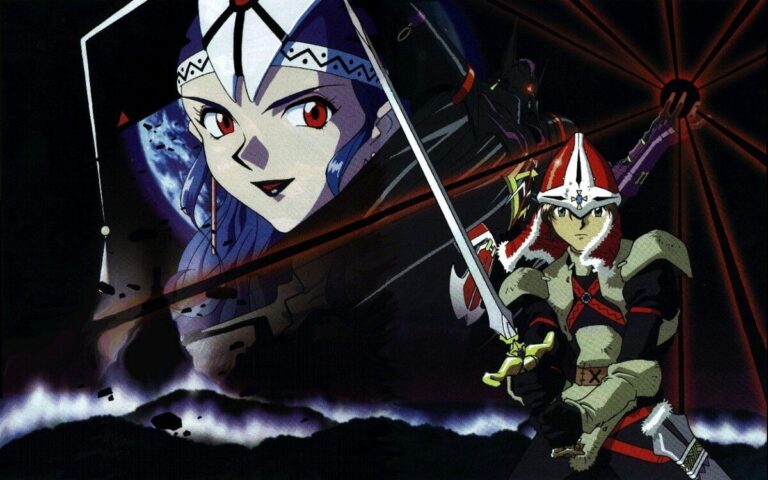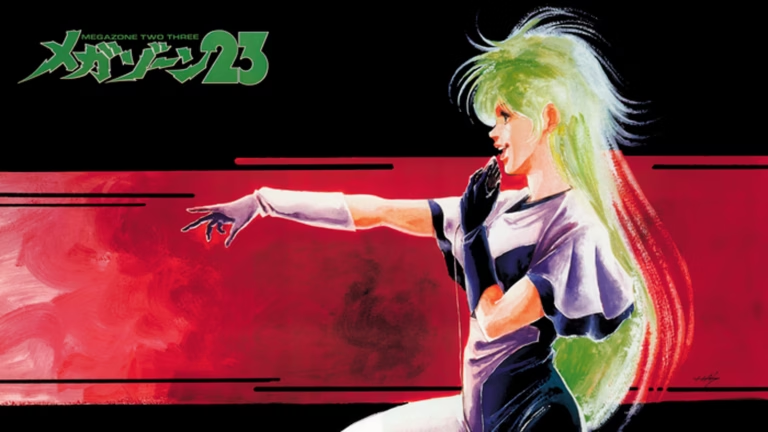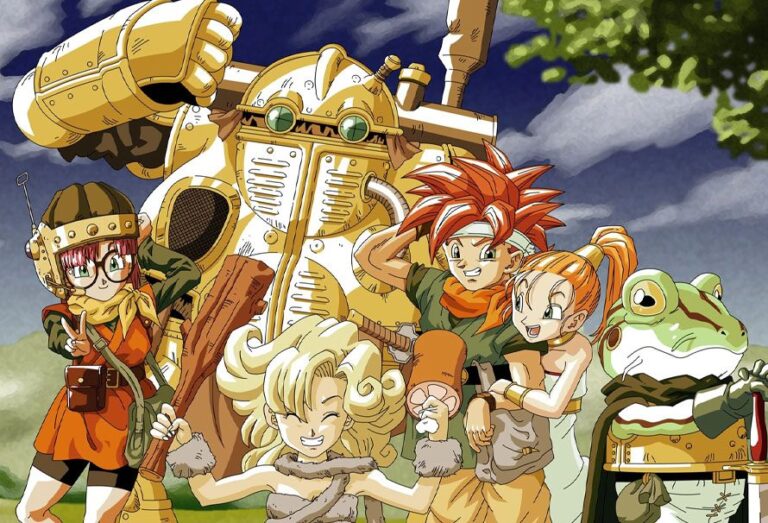Game data not found.
Rainbow Islands is a classic arcade game developed and published by Taito in 1987. As a direct sequel to the beloved Bubble Bobble, it introduced players to a new, vibrant world filled with color, creativity, and a unique gameplay mechanic that set it apart from its predecessor. This article delves into the intricate story, engaging gameplay, and the lasting legacy of Rainbow Islands, which has cemented its place in gaming history.
Story
Rainbow Islands, also known as The Story of Bubble Bobble 2, follows the adventures of Bubby and Bobby, the human forms of Bub and Bob from Bubble Bobble. The game is set in a series of islands, each with its own unique theme and enemies. The overarching goal is to save the inhabitants of these islands from the evil Boss of the Dark Shadow, who has captured and imprisoned them.
The narrative unfolds across ten distinct islands, each representing a different theme such as Insect Island, Combat Island, and Robot Island. Players guide Bubby and Bobby as they ascend through each level, battling through waves of enemies and overcoming obstacles to reach the top. The story, while simple, is charming and serves as a perfect backdrop for the colorful and imaginative worlds designed by Taito.
Gameplay
Rainbow Islands builds on the foundation laid by Bubble Bobble but introduces a significant gameplay twist: the ability to create rainbows. Unlike the bubble-blowing mechanics of the original, players in Rainbow Islands use rainbows as both a weapon and a platforming tool. This innovative mechanic adds layers of strategy and skill, making it a unique experience that stands out in the platforming genre.
Controls and Mechanics
The controls are straightforward yet offer depth in execution. Players can generate rainbows that can be used to attack enemies, create platforms to climb, or even shield against incoming threats. Mastery of rainbow creation and manipulation is key to progressing through the game’s increasingly challenging levels.
Level Design
Each island consists of a series of vertically scrolling levels where players must ascend to the top while avoiding or defeating enemies. The levels are intricately designed, requiring players to think strategically about how and where to place their rainbows. The presence of hidden items and secret paths encourages exploration and adds replayability.
Power-ups and Items
Scattered throughout the levels are various power-ups and collectibles. These include speed boots, which increase movement speed, and rainbow power-ups, which enhance the player’s rainbow abilities. Collecting these items is crucial for overcoming the game’s tougher challenges and for achieving high scores.
Graphics and Sound
Rainbow Islands is celebrated for its vibrant and colorful graphics that bring its whimsical world to life. The visual design is cartoony and cheerful, with each island boasting its own distinct aesthetic. From lush jungles to futuristic robotic landscapes, the game’s art style is both diverse and cohesive, drawing players into its fantastical universe.
The sound design complements the visuals perfectly. The game features a catchy and upbeat soundtrack, with each level accompanied by tunes that enhance the overall atmosphere. The sound effects are crisp, with satisfying audio cues for rainbow creation and enemy defeat. Together, the graphics and sound create an engaging sensory experience that captivates players from start to finish.
Legacy and Reception
Upon its release, Rainbow Islands received widespread acclaim for its innovative gameplay and charming presentation. It quickly became a favorite in arcades, praised for its addictive mechanics and challenging yet fair difficulty curve. The game’s success led to numerous ports across various platforms, including the NES, Amiga, and Sega Master System, allowing it to reach an even wider audience.
Critical Acclaim
Critics lauded Rainbow Islands for its creativity and depth. The game’s unique use of rainbows as a gameplay mechanic was particularly highlighted, setting it apart from other platformers of its time. Its engaging level design and replayability were also frequently praised, establishing it as a standout title in Taito’s catalog.
Influence on the Genre
Rainbow Islands has had a lasting impact on the platforming genre, influencing subsequent games with its innovative mechanics and level design. Its success paved the way for future entries in the Bubble Bobble series and inspired other game developers to experiment with unconventional gameplay elements.
Cultural Impact
The game has maintained a strong fanbase over the years, with many players fondly recalling their experiences in the whimsical world of Rainbow Islands. Its legacy is evident in modern games that pay homage to its mechanics and design philosophy, proving that its influence continues to resonate with developers and players alike.
Conclusion
Rainbow Islands stands as a testament to the creativity and innovation of its developers. By building on the success of Bubble Bobble and introducing new gameplay mechanics, it carved out its own niche in the platforming genre. Its vibrant graphics, catchy music, and challenging yet rewarding gameplay have left an indelible mark on gaming history.
The game’s legacy is reflected in its enduring popularity and the influence it has had on subsequent titles. Rainbow Islands remains a beloved classic, cherished by those who experienced its magic and admired by new generations discovering it for the first time. As a shining example of arcade excellence, it continues to inspire and entertain, proving that its rainbows are as bright and captivating today as they were decades ago.
